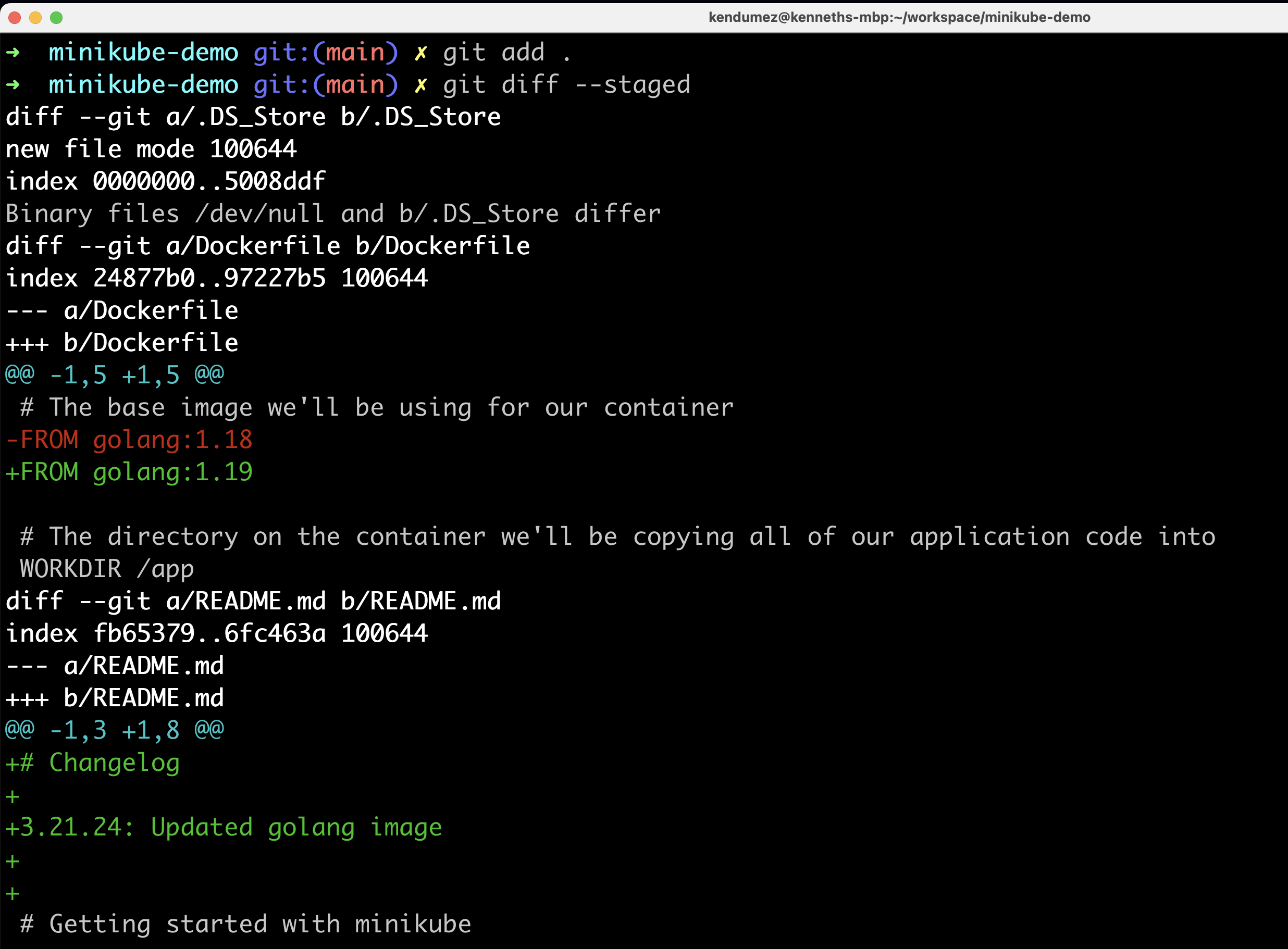Divine Info About How To Understand Git Diff Output
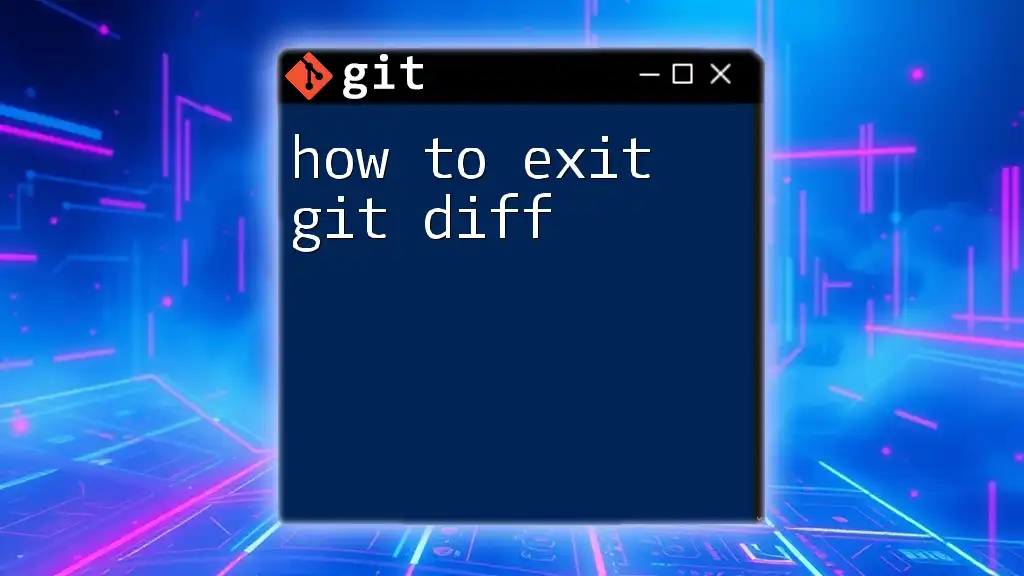
How To Exit Git Diff Quick And Easy Methods
Unlocking the Secrets of Git Diff
1. What exactly is Git Diff?
Ever felt like you're staring at a cryptic message when you see a Git diff? Don't worry, you're not alone! The `git diff` command is essentially Git's way of showing you the changes between two versions of a file. Think of it like a "spot the difference" game, but instead of pictures, it's code. It's super useful for reviewing your work, understanding contributions from others, and generally keeping track of what's happening in your project. Understanding `How to understand git diff output` is crucial for effective collaboration and bug squashing!
But how does it work? Well, Git compares two "snapshots" — these could be your working directory versus the last commit, a branch against another, or even two specific commits. The output then displays the lines that have been added, removed, or modified. It's all about showing you the delta, the difference, the change! And trust me, once you get the hang of reading it, you'll feel like you have superpowers.
Imagine you're collaborating with a friend on a delicious recipe. You make a few tweaks, like adding a pinch more salt or substituting one spice for another. `git diff` is like a note from your friend explaining exactly what changes they made to the original recipe. Without it, you might be scratching your head, wondering why the dish tastes slightly different!
So, are you ready to unravel the mysteries of the diff? Let's dive in! The power of `How to understand git diff output` awaits, empowering you to navigate your code with ease and clarity.
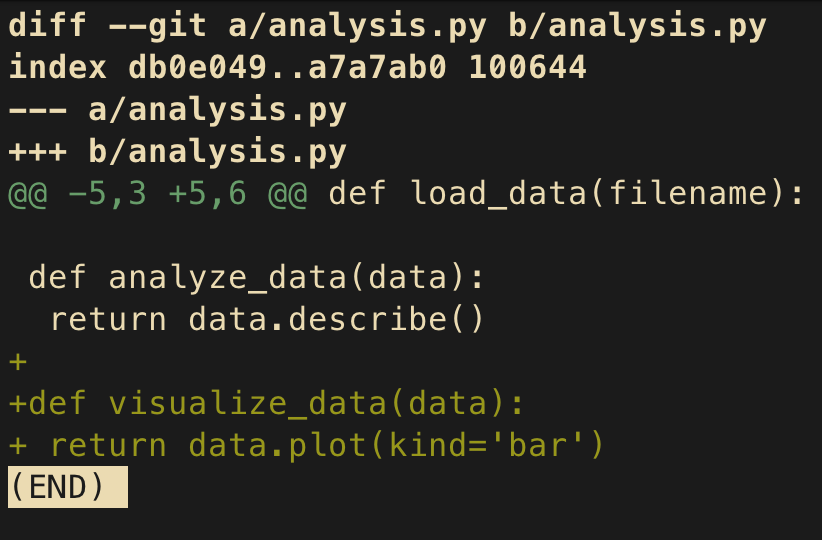
Git Diff Explained A Complete Guide With Examples DataCamp
Deconstructing the Diff
2. The Anatomy of a Diff Output
Okay, let's get into the nitty-gritty... just kidding! We'll keep it friendly. When you run `git diff`, you'll typically see a bunch of lines that start with special characters, like `---`, `+++`, `-`, and `+`. These aren't random hieroglyphics, they each tell a specific part of the story. The key to `How to understand git diff output` lies in understanding these symbols.
First, you'll often see lines like `--- a/file.txt` and `+++ b/file.txt`. These lines indicate the files being compared. The `a/` usually refers to the original version (the "before"), and `b/` refers to the modified version (the "after"). Think of it like this: "a" comes before "b" in the alphabet, just like the old version comes before the new one!
Then come the lines with `-` and `+`. Lines starting with `-` indicate lines that were removed from the original file. Lines starting with `+` indicate lines that were added to the modified file. These are the changes Git is highlighting for you. Now you can see why `How to understand git diff output` is important.
Finally, you might see lines that start with a space. These lines are unchanged context — they're there to give you a bit of surrounding information, so you can see where the changes fit into the overall file. They provide context, making the changes easier to understand. Think of it as the scene setting for your code drama!
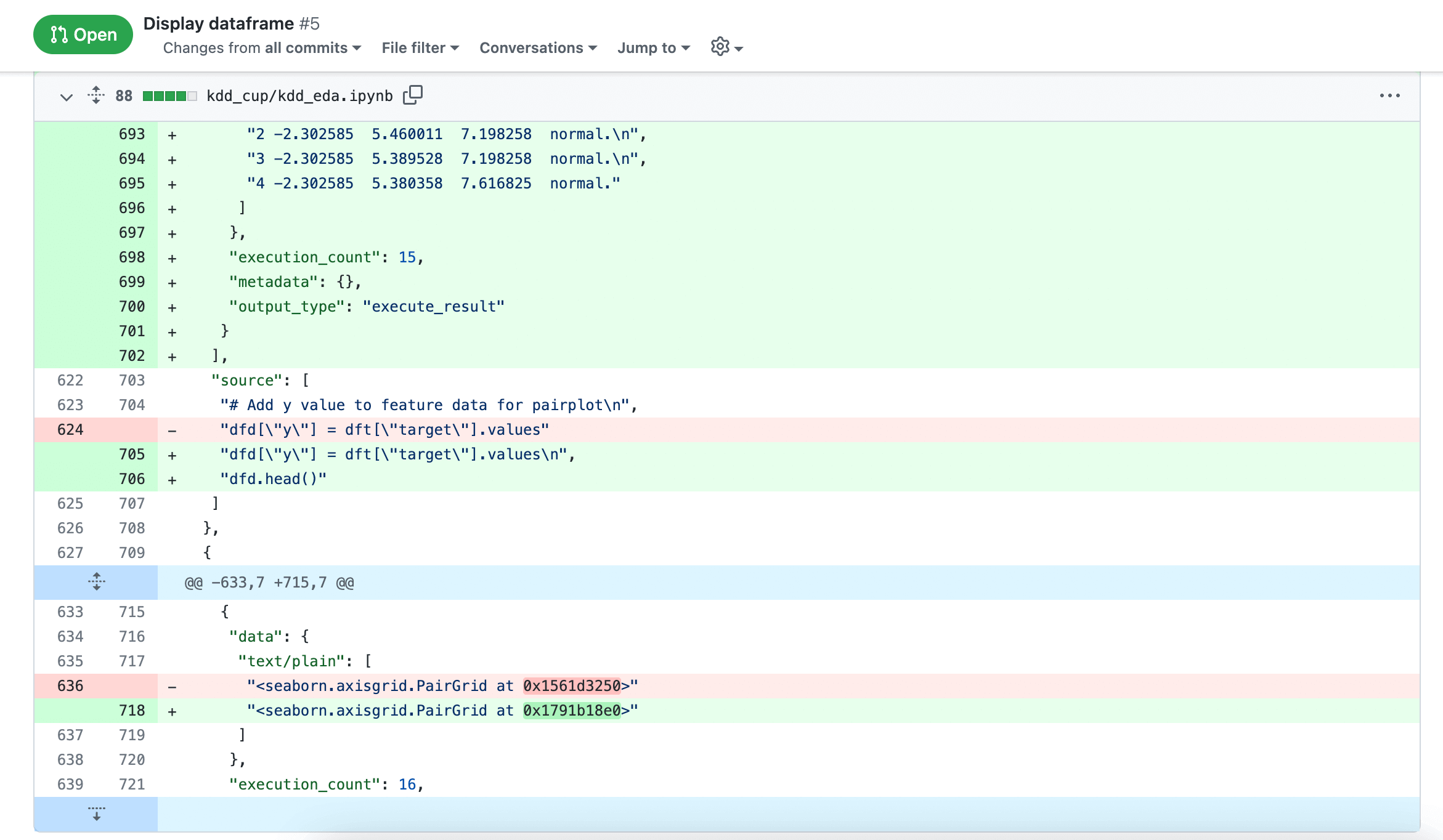
View Git Diff In Visual Studio Design Talk
Decoding the Index Line
3. Understanding the Index and its Purpose
Sometimes, nestled at the top of a diff, you'll see a line starting with `index`. This line can look a bit intimidating at first, but it's actually quite helpful. It shows the object names (hashes) of the files being compared. These hashes are unique identifiers for the versions of the file being compared.
The index line gives you a more precise way to understand which versions of the file are being compared. It specifies the commit hashes of the old and new versions. This is especially handy when comparing files across different branches or commits. It's like having the VIN number for each version of your code!
While not always essential for basic understanding, the index line becomes invaluable when debugging or tracking down specific changes in your project's history. It allows you to definitively pinpoint the exact versions of the file involved in the diff. Mastering `How to understand git diff output` includes knowing how to use this information when needed.
For example, if you're trying to revert a specific change, knowing the commit hash from the index line can help you identify the exact commit to revert. Or, if you're trying to understand why a particular change was made, you can use the commit hash to trace back the history of the file. So, while it might seem cryptic at first, the index line is a powerful tool in your Git arsenal.
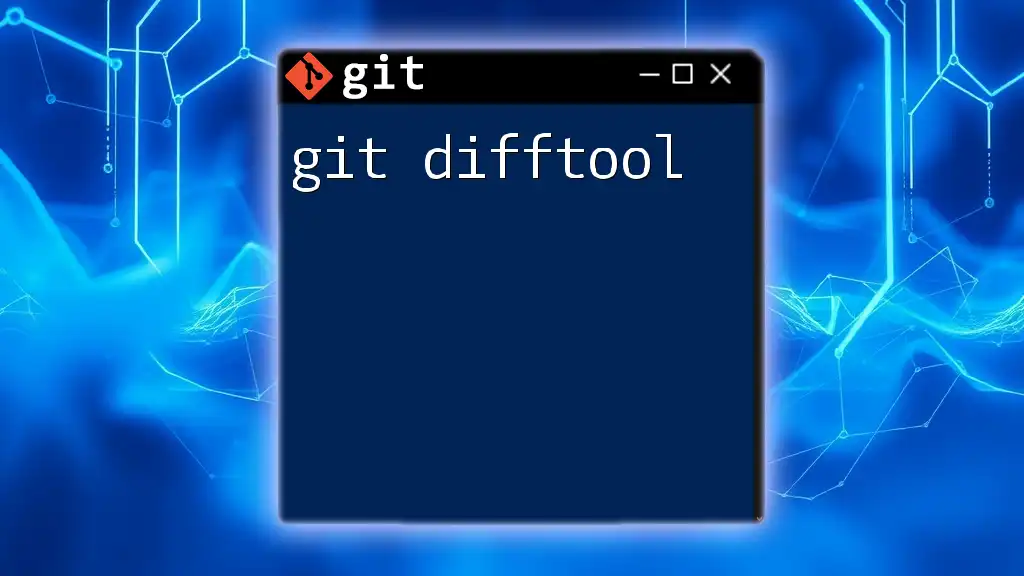
Practical Examples
4. Real-World Scenarios and Diff Output
Let's look at some real-world examples to solidify your understanding of `How to understand git diff output`. Imagine you have a simple Python script called `hello.py` with the following content:
def greet(name): print("Hello, " + name + "!")greet("World")Now, let's say you modify it to be a bit more enthusiastic:
def greet(name): print("Hello, " + name.upper() + "!!!")greet("World")If you run `git diff`, you might see something like this:
diff --git a/hello.py b/hello.pyindex a1b2c3d..e4f5g6h 100644--- a/hello.py+++ b/hello.py@@ -1,4 +1,4 @@ def greet(name):- print("Hello, " + name + "!")+ print("Hello, " + name.upper() + "!!!") greet("World")Notice the `---` and `+++` lines indicating the original and modified files. The `-` line shows the original greeting, and the `+` line shows the new, more enthusiastic greeting. See? It's starting to make sense! Practicing with such examples is key to `How to understand git diff output`.
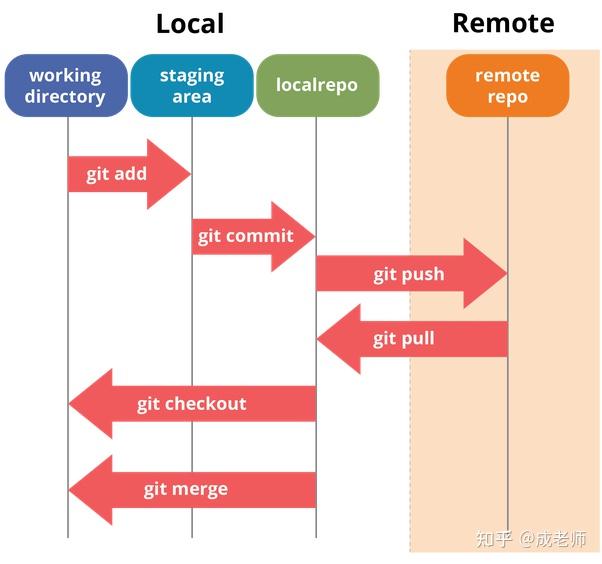
Level Up
5. Advanced Diffing Techniques
Once you're comfortable with the basics, you can explore some advanced diffing techniques. For example, you can use `git diff --word-diff` to see changes on a word-by-word basis, which can be helpful for catching typos or subtle modifications. Understanding `How to understand git diff output` becomes even more powerful with these techniques.
Another useful option is `git diff --color-words`. This highlights the changed words directly in the output, making it even easier to spot the differences. This feature makes it easier to differentiate various change. No more squinting at the screen!
You can also use `git diff ` to compare the differences between two branches. This is a great way to see what changes have been made on one branch that haven't been merged into another. It's like comparing two different versions of your favorite book to see what plot twists were added in the later edition.
Finally, don't forget about graphical diff tools! There are many excellent GUI-based diff tools that provide a visual representation of the changes, making it even easier to understand complex diffs. Tools like Meld, KDiff3, and Beyond Compare can be a lifesaver when dealing with large or complicated changesets. Mastering `How to understand git diff output` doesn't necessarily mean avoiding GUI tools; sometimes they are the most efficient solution!
